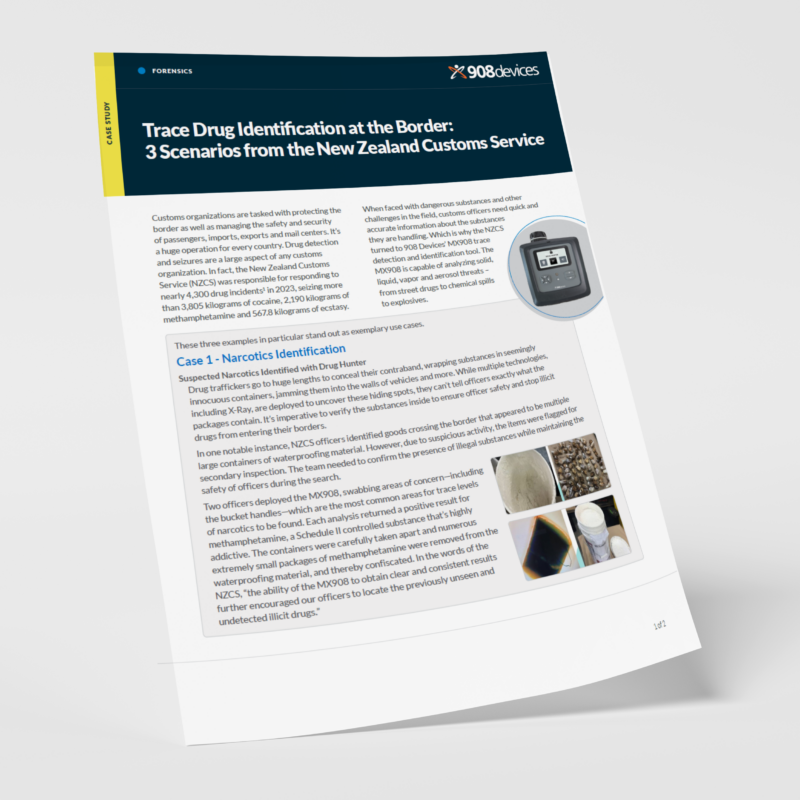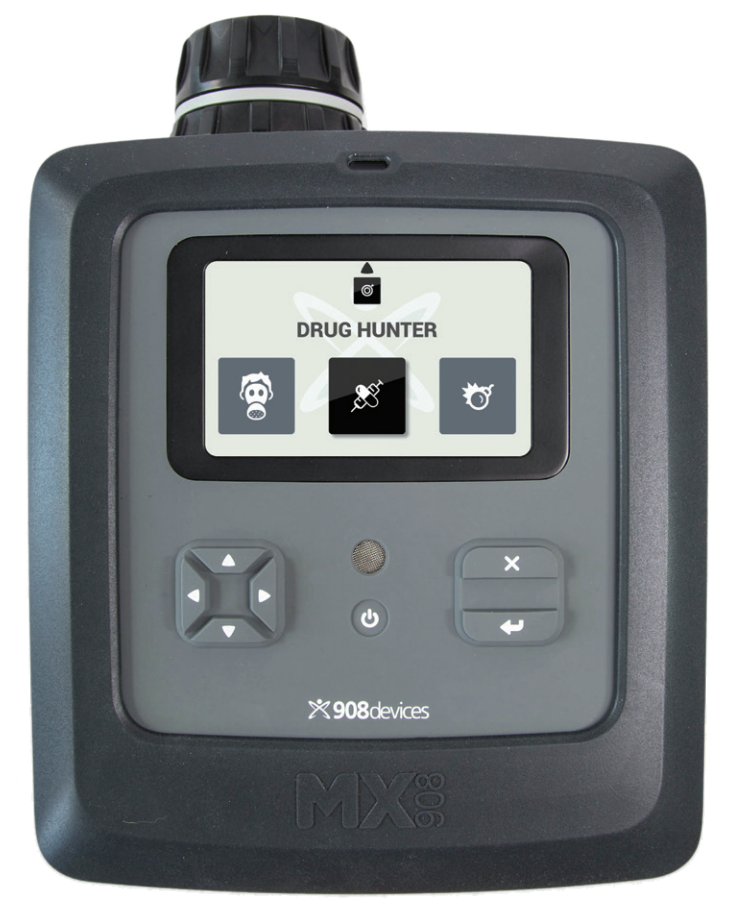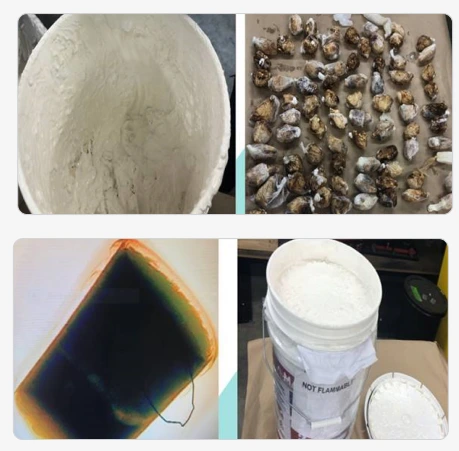Trace Drug Identification at the Border: 3 Scenarios from the New Zealand Customs Service
Whether using trace identification features for drug traffickers, deploying vapor capabilities to analyze threats or implementing the explosive functionality to assess risk to the public, the New Zealand Customs Service has seen tremendous benefit from 908 Devices’ MX908.

Trace Drug Identification at the Border: 3 Scenarios from the New Zealand Customs Service
Customs organizations are tasked with protecting the border as well as managing the safety and security of passengers, imports, exports and mail centers. It’s a huge operation for every country. Drug detection and seizures are a large aspect of any customs organization. In fact, the New Zealand Customs Service (NZCS) was responsible for responding to nearly 4,300 drug incidents1 in 2023, seizing more than 3,805 kilograms of cocaine, 2,190 kilograms of methamphetamine and 567.8 kilograms of ecstasy.
When faced with dangerous substances and other challenges in the field, customs officers need quick and accurate information about the substances they are handling. Which is why the NZCS turned to 908 Devices’ MX908 trace detection and identification tool. The MX908 is capable of analyzing solid, liquid, vapor and aerosol threats – from street drugs to chemical spills to explosives

These three examples in particular stand out as exemplary use cases.
Case 1 – Narcotics Identification
Suspected Narcotics Identified with Drug Hunter
Drug traffickers go to huge lengths to conceal their contraband, wrapping substances in seemingly innocuous containers, jamming them into the walls of vehicles and more. While multiple technologies, including X-Ray, are deployed to uncover these hiding spots, they can’t tell officers exactly what the packages contain. It’s imperative to verify the substances inside to ensure officer safety and stop illicit drugs from entering their borders.
In one notable instance, NZCS officers identified goods crossing the border that appeared to be multiple large containers of waterproofing material. However, due to suspicious activity, the items were flagged for secondary inspection. The team needed to confirm the presence of illegal substances while maintaining the safety of officers during the search.
Two officers deployed the MX908, swabbing areas of concern—including the bucket handles—which are the most common areas for trace levels of narcotics to be found. Each analysis returned a positive result for methamphetamine, a Schedule II controlled substance that’s highly addictive. The containers were carefully taken apart and numerous extremely small packages of methamphetamine were removed from the waterproofing material, and thereby confiscated. In the words of the NZCS, “the ability of the MX908 to obtain clear and consistent results further encouraged our officers to locate the previously unseen and undetected illicit drugs

Case 2 – Chemical Detection
Identifying Toxic Industrial Chemicals
A freight carrier close to the airport spilled, and an unknown substance that was suspected to be a noxious chemical prompted a response. The NZCS was called in to investigate, however given the proximity to the airport and possible hazards to officers, extreme caution was needed to collect a physical sample. Time was of the essence, and the freight carrier logs were being combed through, but not nearly fast enough to determine the type of substance and remediation protocol.
NZCS officers arrived onsite equipped with the MX908, utilizing the trace vapor capability. A specialist officer donned personal protective equipment and entered the spill site. The MX908 positively identified the presence of dimethylformamide, a solvent for chemical reactions that can impact the eyes, skin, lungs, liver and heart during prolonged exposure. This positive identification enabled officers to properly secure the spill site and implement remediation efforts. The freighter manifest confirmed dimethylformamide, and the spill was contained. The rapid, trace analysis of the MX908 enabled officers to access this information quickly with a high degree of confidence and expedite clean-up.
Case 3 – Explosives Identification
Analyzing Possible Explosives
Bomb threats are always taken seriously, so when a law enforcement agency was contacted by a concerned individual about an abandoned package at a place of worship, the NZCS was called to identify the package. Given the proximity of the venue to public areas, it was ideal to avoid having to evacuate the area, if possible, in order to mitigate undue stress on the public.
The MX908 was again dispatched, this time utilizing the Explosives Hunter Mission Mode, which detects trace levels of military and commercial grade explosives, homemade explosives and relevant precursors. The item was tested with minimal disruption to the package and site, and returned negative results. This gave the agencies involved comfort in mitigating the perceived risk and the ability to downgrade the cordon. This succinct information and inter-agency coordination also enabled officers to clear the scene and move on to their next duties.
Result
Whether using trace identification features for drug traffickers, deploying vapor capabilities to analyze threats or implementing the explosive functionality to assess risk to the public, the NZCS has seen tremendous benefit from 908 Devices’ MX908. This multi-mission handheld tool empowers swift response with confidence, helps protect officers and ensures greater public safety and well-being.
Reference:
Special thanks to the New Zealand Customs Service for their contribution to this Case Study.
Subscribe to Our Communications
Signup to receive new product updates, technical tips and more.